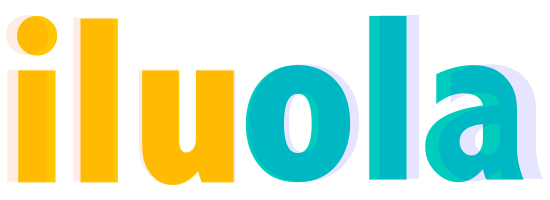For as long as I can remember, I’ve written stories for fun. Writing stories brings me to a happy place. Like reading stories, it offers an opportunity to escape and the freedom to be, even if temporary. I recently had two opportunities to achieve my goals of using some of my research findings and themes from my work in a storytelling format. And I’m currently working on other stories. The first opportunity I had combined the art of storytelling and the customary citational practices of academia. In collaboration with Linda Peake, as part of the Genurb project, we put all the academic stuff – citations/evidence and jargon in the endnotes. It was quite liberating, I must admit, to center the experience of research participants without it getting lost in academese. Tiwa’s Morning, published in Global Urbanism: Knowledge, Power and the City, presents a feminist perspective on global urbanism by illustrating the analytical potential of an orientation on Tiwa’s morning, on her words, feelings, movements and actions—of a weaving together of the weft and warp of the emotional and material into the temporalities and spatialities of the everyday that she inhabits. To understand how the everyday realm of the working poor has been permeated by global financialisation, Tiwa is followed through the city in her efforts to secure monies to meet the weekly payments on her microfinance loan (p. 119).
Here is the audio of the story:
My second opportunity involved writing a graphic story as part of the Disembodied Territories project. My illustrator, Edgar K Lushaju, did a pretty awesome job. I had initially wanted to write a futuristic story that flirts with the idea of an otherwise African urban future. However, I struggled with this “future”. I finally decided to write it in two parts. The first part needed to contextualize the distant future that I initially imagined. More so, I resisted the urge to write the story, say 100 years from now, because I wondered if that added to my own mindset of imagining change as being something that we had to wait for – why couldn’t some of these changes we want happen now? As such, the first part that I have written sets the story in 2025 (in Lagos). Yah, that’s only four years from now. To some, maybe it’s not that futuristic. But for now, I want to imagine that the future is within reach. Below is the cover page of the graphic story. I will share the link to the full story once it’s officially released.

